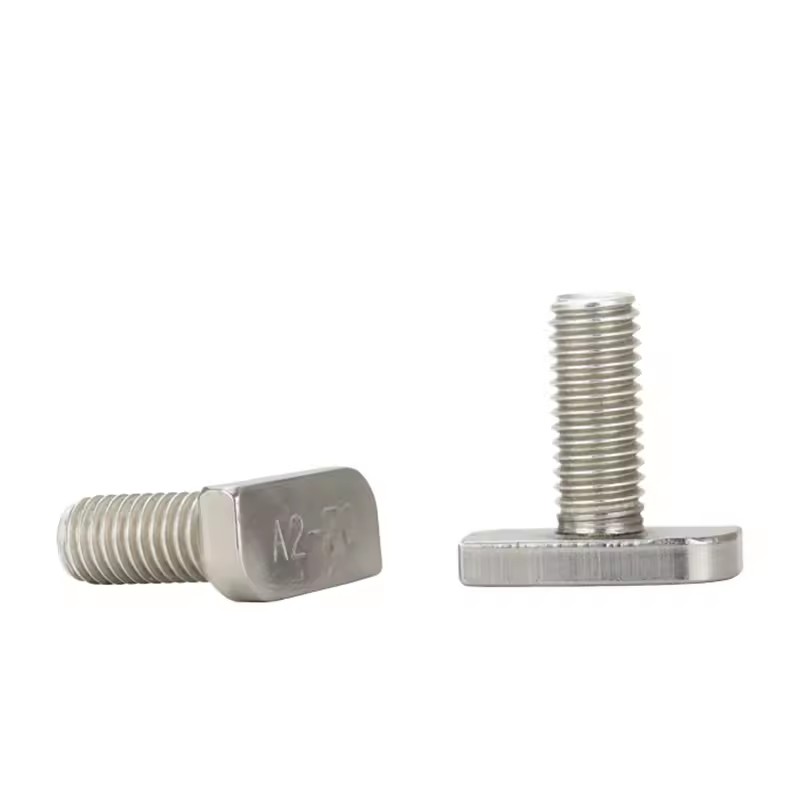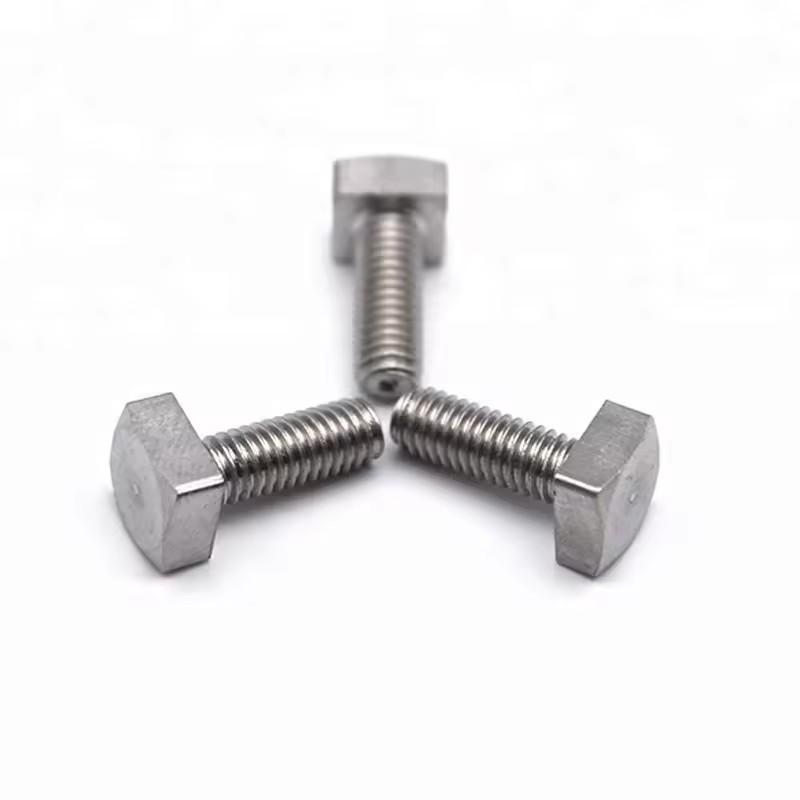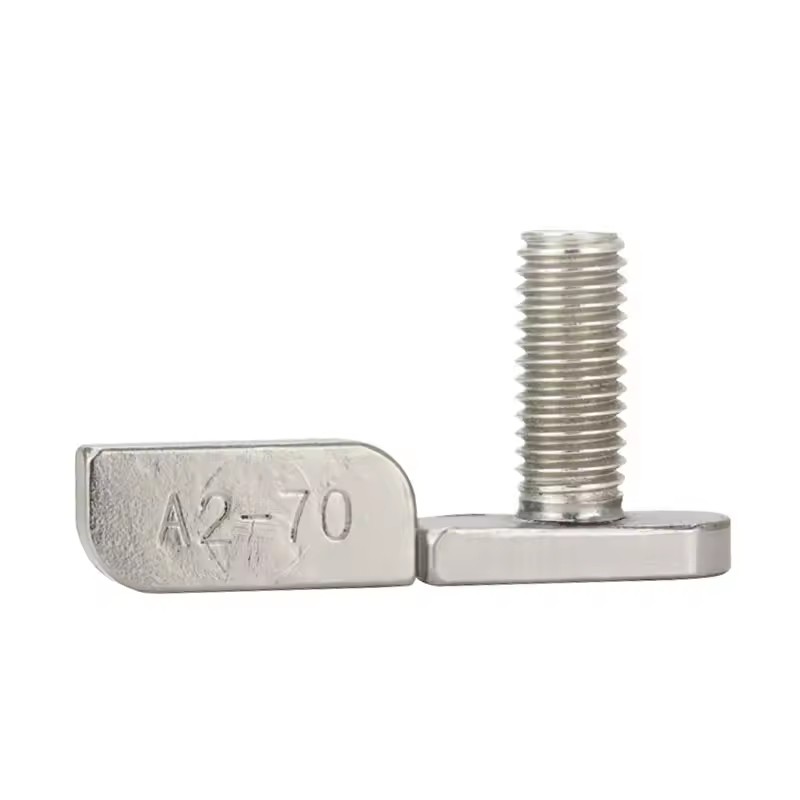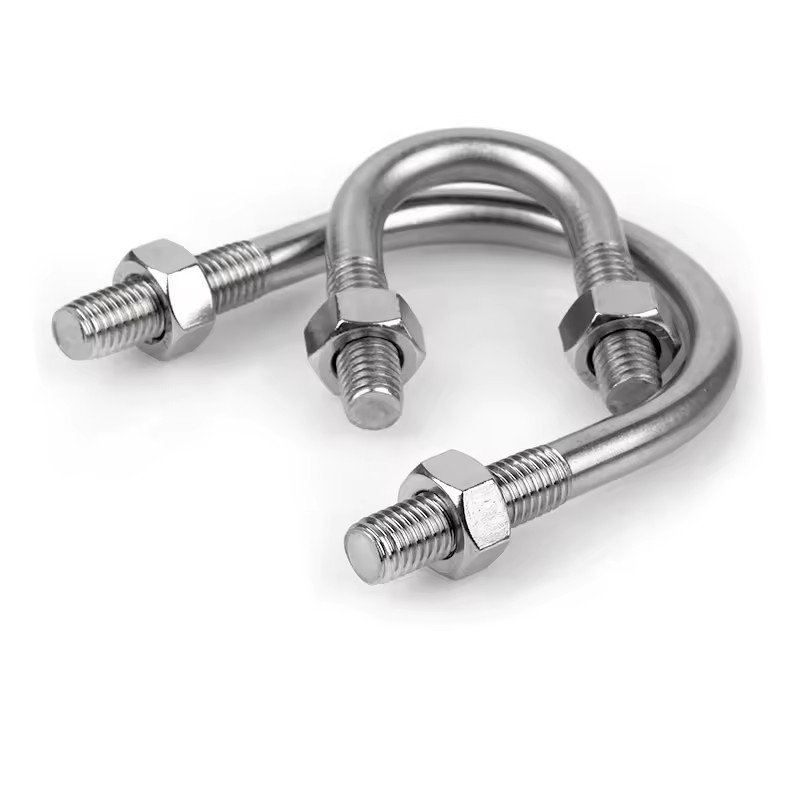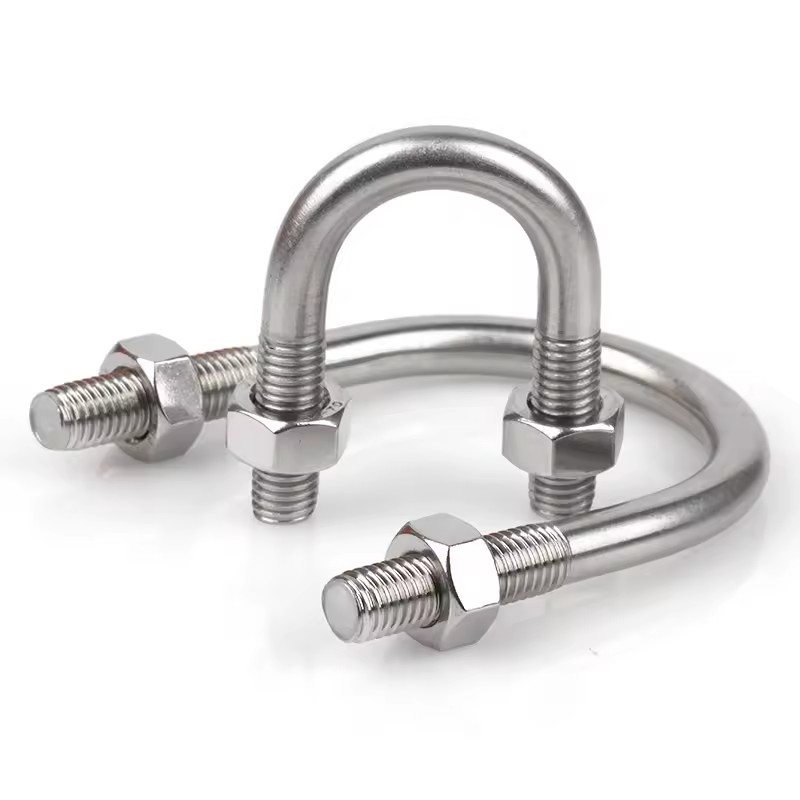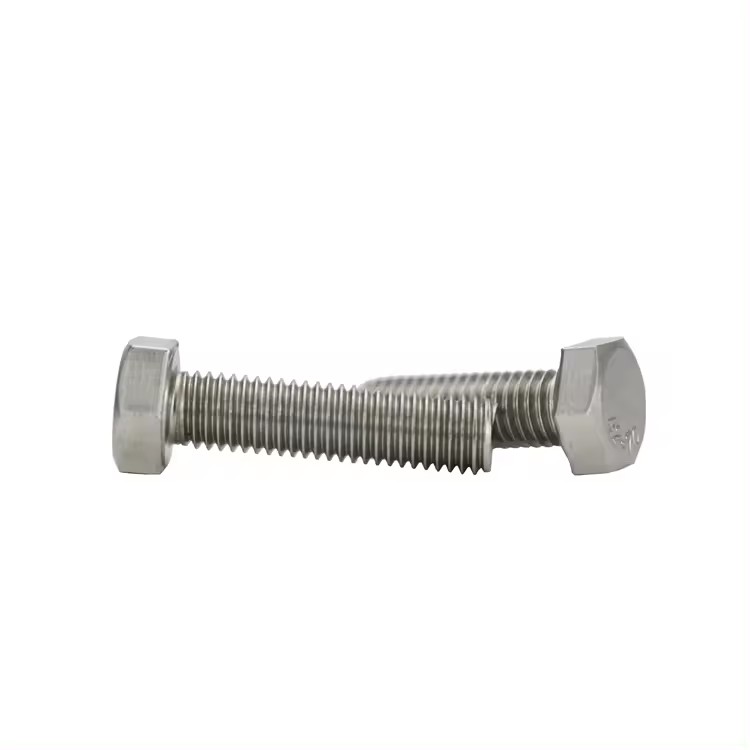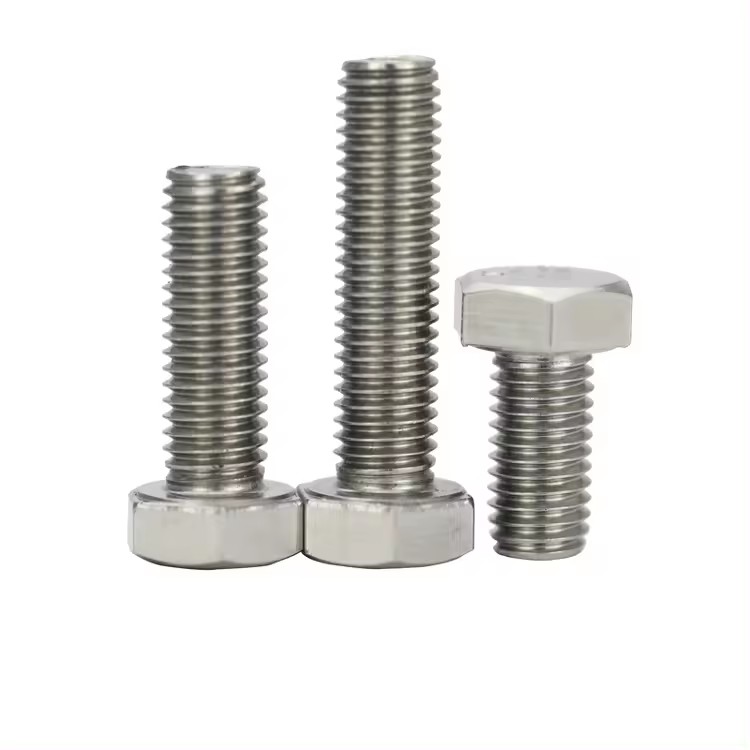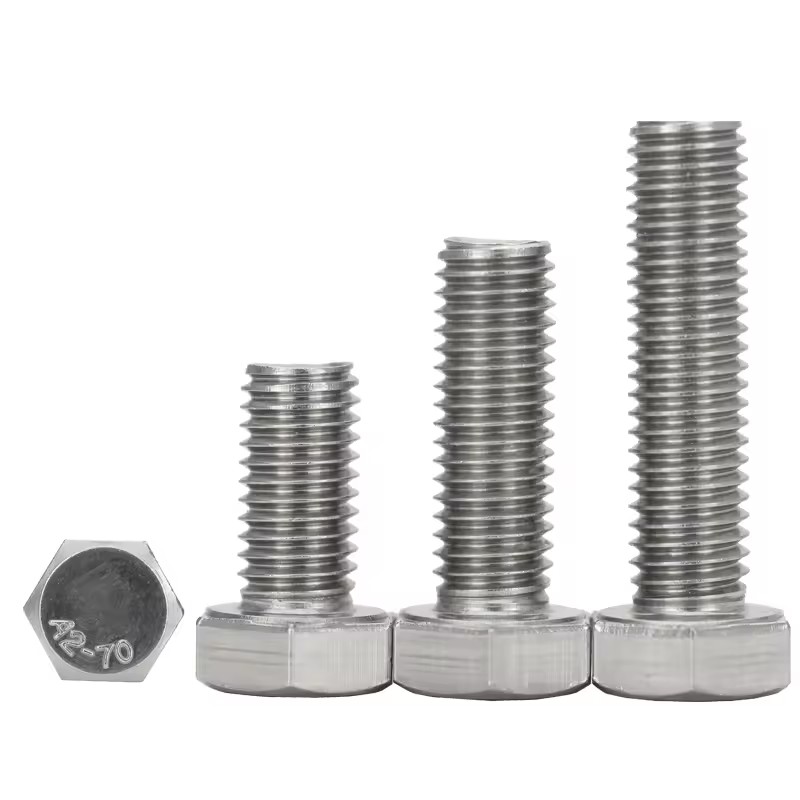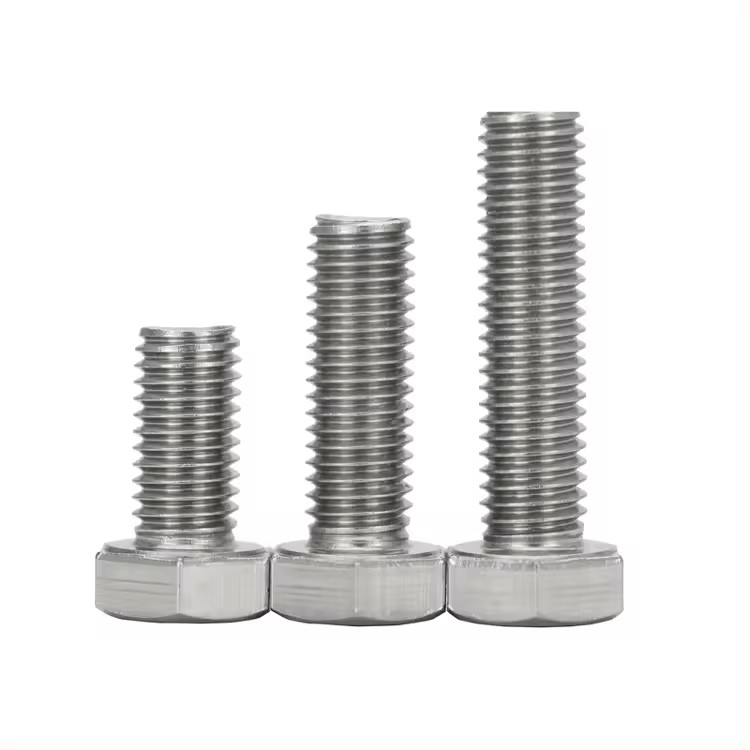Stainless steel hose clamps are essential components in various industries, playing a crucial role in securely fastening hoses to fittings. Their ability to provide a tight and reliable seal makes them indispensable in applications where fluid or gas transfer is involved. This article will delve into the world of stainless steel hose clamps, exploring their types, materials, applications, and more.
Types of Stainless Steel Hose Clamps
Worm Drive Clamps
Worm drive clamps are one of the most common types of stainless steel hose clamps. They feature a screw mechanism that, when tightened, draws a band around the hose, creating a secure connection. These clamps are highly adjustable, allowing for a precise fit on hoses of different diameters. The screw is typically a slotted hex head, which can be easily tightened or loosened using a screwdriver or a wrench. For example, the all - 300 series stainless steel worm drive clamps have a band, housing, and screw made of 300 series stainless steel. They are well - suited for applications where corrosion resistance is crucial, such as in marine environments.
Constant Tension Clamps
Constant tension clamps, also known as spring - loaded clamps, are designed to maintain a consistent clamping force over time. They are equipped with a spring mechanism that compensates for any changes in the hose's diameter due to temperature variations, pressure fluctuations, or material expansion. This makes them ideal for applications where a stable seal is required, such as in automotive cooling systems or fuel lines. The constant tension ensures that the hose remains securely attached to the fitting, preventing leaks and potential system failures.
Double Wire Clamps
Double wire clamps consist of two wire rings that are placed around the hose and tightened. These clamps are often used in applications where a lightweight and cost - effective solution is needed. They are relatively easy to install and can provide a decent level of clamping force. However, they may not be as suitable for high - pressure applications as worm drive or constant tension clamps. Double wire clamps are commonly used in low - pressure water lines, such as in some household plumbing applications.
Materials Used in Stainless Steel Hose Clamps
304 Stainless Steel
304 stainless steel is a popular choice for hose clamps due to its good corrosion resistance and relatively low cost. It contains chromium and nickel, which form a protective oxide layer on the surface of the metal, preventing rust and corrosion. 304 stainless steel hose clamps are suitable for a wide range of applications, including general plumbing, automotive, and industrial settings. For instance, 304 grade stainless steel worm drive clamps are commonly used in plumbing and underground applications where corrosion resistance is important.
316 Stainless Steel
316 stainless steel offers even better corrosion resistance than 304, especially in harsh environments. It contains molybdenum, which enhances its resistance to pitting and crevice corrosion. This makes 316 stainless steel hose clamps ideal for marine applications, as well as in chemical processing plants and food and beverage industries where exposure to corrosive substances is common. The 1/2" wide ABA original 316 stainless steel hose clamps, with all parts made of AISI 316 stainless steel, are great for marine environments where salt water or salt water spray is present.
Other Stainless Steel Grades
In addition to 304 and 316, there are other grades of stainless steel used in hose clamps, such as 201 and 410. 201 stainless steel is a more cost - effective option but has lower corrosion resistance compared to 304 and 316. It may be suitable for applications where the environment is not highly corrosive. 410 stainless steel is a martensitic stainless steel that offers good strength and wear resistance, although its corrosion resistance is relatively lower. The choice of stainless steel grade depends on the specific requirements of the application, including the operating environment, temperature, and pressure.
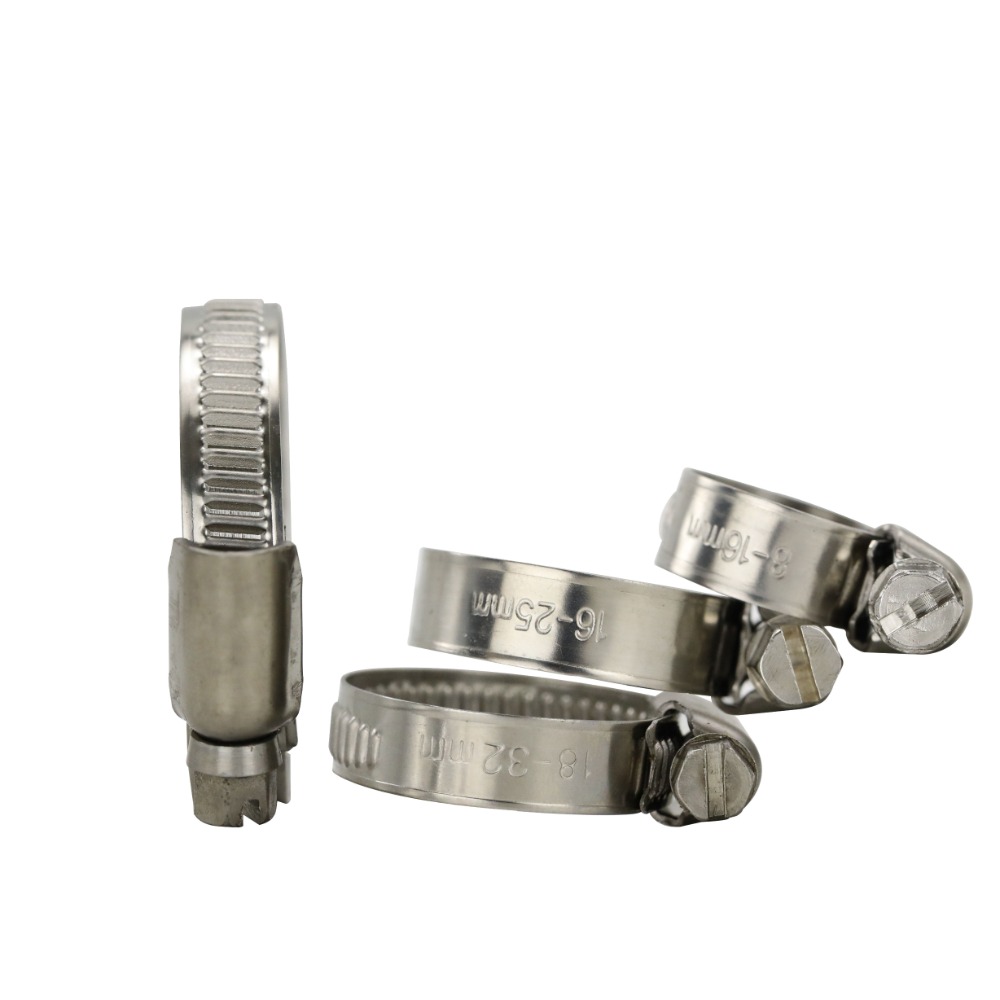
Applications of Stainless Steel Hose Clamps
Automotive Industry
In the automotive industry, stainless steel hose clamps are used in a variety of systems. They secure hoses in the cooling system, ensuring that coolant is properly circulated to prevent the engine from overheating. They are also used in fuel lines, where a reliable seal is crucial to prevent fuel leaks, which could pose a serious safety hazard. Additionally, in the exhaust system, hose clamps help connect different sections of the exhaust pipe, ensuring proper exhaust flow. For example, in a car's radiator hoses, worm drive stainless steel hose clamps are used to tightly fasten the hoses to the radiator and engine connections.
Marine Industry
The marine environment is highly corrosive, making stainless steel hose clamps a must - have for marine applications. They are used to secure hoses in the boat's cooling system, fuel system, and water supply system. The corrosion resistance of stainless steel, especially grades like 316, ensures that the hose clamps can withstand the harsh conditions of saltwater and marine weather. For instance, all - 300 series stainless steel hose clamps are well - suited for marine applications due to their superior corrosion resistance compared to economy stainless steel hose clamps.
Plumbing and HVAC Systems
In plumbing systems, stainless steel hose clamps are used to connect pipes and hoses carrying water, gas, or other fluids. They provide a secure and leak - proof connection, ensuring the proper functioning of the plumbing system. In HVAC (Heating, Ventilation, and Air Conditioning) systems, hose clamps are used to connect ducts and hoses, helping to maintain proper air circulation. For example, in a residential plumbing system, 304 stainless steel hose clamps may be used to connect the water supply hoses to faucets and appliances.
Industrial Applications
Industrial applications often require high - quality hose clamps that can withstand extreme conditions. Stainless steel hose clamps are used in industries such as chemical processing, food and beverage production, and manufacturing. In chemical processing, they are used to secure hoses carrying corrosive chemicals, while in the food and beverage industry, they must meet strict hygiene standards. In manufacturing plants, they are used in various machinery and equipment to ensure the proper connection of hoses and pipes. For example, in a chemical plant, 316 stainless steel hose clamps may be used to connect hoses carrying acidic or alkaline solutions.
Installation and Maintenance of Stainless Steel Hose Clamps
Installation
Proper installation of stainless steel hose clamps is crucial to ensure their effectiveness. First, select the appropriate size of the hose clamp for the hose diameter. The clamp should be large enough to fit over the hose but small enough to provide a tight seal. When installing a worm drive clamp, use a screwdriver or wrench to tighten the screw gradually. Be careful not to overtighten, as this can damage the hose or the clamp. For constant tension clamps, follow the manufacturer's instructions for proper installation, which may involve compressing the spring mechanism to fit the hose.
Maintenance
Regular maintenance of stainless steel hose clamps can extend their lifespan. Inspect the clamps periodically for signs of corrosion, wear, or loosening. If any corrosion is detected, clean the clamp and, if necessary, replace it. Check the tightness of the clamps, especially in applications where there may be vibrations or changes in temperature. Tighten any loose clamps as needed. In harsh environments, such as marine or industrial settings, more frequent inspections may be required. For example, in a marine engine, the hose clamps should be inspected at least once a month during the boating season.
Conclusion
Stainless steel hose clamps are versatile and reliable components that are widely used in various industries. Their different types, materials, and applications make them suitable for a multitude of scenarios. By understanding the types of hose clamps, the materials available, and their proper installation and maintenance, users can ensure the safe and efficient operation of their systems. Whether it's in an automotive engine, a marine vessel, a plumbing system, or an industrial plant, stainless steel hose clamps play a vital role in keeping hoses securely in place and preventing leaks.



